How old is Toyota? Well, Toyota Motor Company was formed in 1937 and in 2012 it celebrated its 75th anniversary. Toyota GB started life in 1965 and Toyota Motor Manufacturing UK was founded in 1989.
Toyota has helped to change the world. It has pioneered new vehicles, developed new technologies and defined highly efficient principles of manufacturing – the Toyota Production System – that have been adopted by industries the world over.
On the eve of the company’s 75th anniversary, we looked back over some of the cars that have helped to define it. You’ll find them listed below.
The question is, did we get our list right? Have we missed a key model, or is there a particular event we should be discussing?
The answers are over to you. Leave a comment on this post, and let’s get the debate started!
How old is Toyota? Which cars defined the brand?
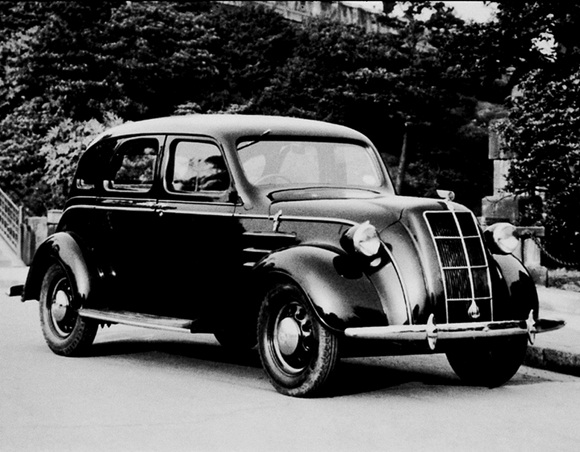
The AA was where Toyota’s commercial car manufacturing began. The simple saloon was presented in 1936 and was the first to bear the Toyota name and original logo when the Toyota Motor Company was formed in 1937. The aerodynamically styled four-door model, powered by a six-cylinder engine, also had the distinction of being the first home-built car for the Japanese market.
Its public debut at an exhibition in Tokyo, together with a cabriolet version, the AB, helped prompt the Japanese government to give the Toyoda Automatic Loom Works permission to build vehicles, opening the way for the founding of Toyota and the immediate construction of its first auto factories.
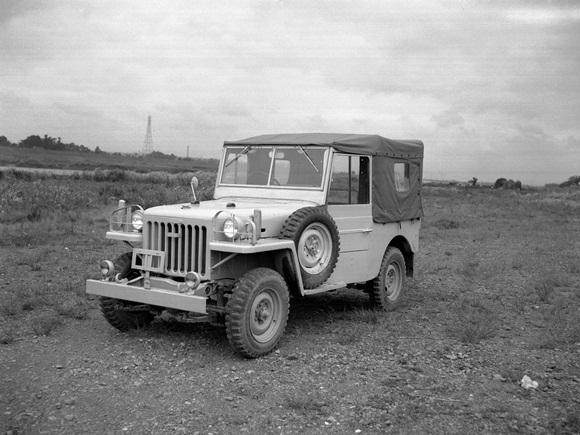
In a history spanning more than 60 years the Toyota Land Cruiser has proved its strength and ultimate go-anywhere toughness in the world’s most extreme environments. But at the same time as it has taken deserts, jungles and frozen wastes in its stride, it has served equally well as capable, comfortable and technically advanced day-to-day transport. Its heritage goes back to the early 1950s and the Toyota BJ, an all-wheel drive model developed from a military truck. Soon renamed Land Cruiser, it went on to become the first model to be exported and built outside Japan.
More than five million Land Cruisers have been sold around the world, the latest model better equipped than any before it for safe and secure handling across any kind of terrain. At the same time as it harnesses the latest technology for off-road performance, it retains the body-on-frame construction and rugged build quality that have made it such an enduring success.
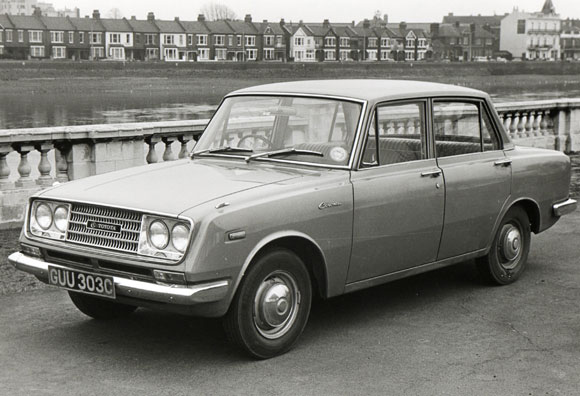
Toyota’s first Corona appeared in 1957, a small family car that paved the way for the development of the all-conquering Corolla in the 1960s. It has the distinction of being the first Toyota to be imported into Europe and the UK, following the company’s debut appearance at the London motor show in 1965.
The third generation Corona saloon cost from £777 when first sold, a price tag that is equivalent to more than £12,000 today. Even in those days refinement was a Toyota priority and the advertising spoke proudly of Corona’s “silent cruising”. The Corona remained on sale in the UK until the mid-1970s, regularly updated with a series of facelifts and new model introductions. Worldwide it passed through 11 generations, the last model to carry the name being offered in Japan up until 2001.
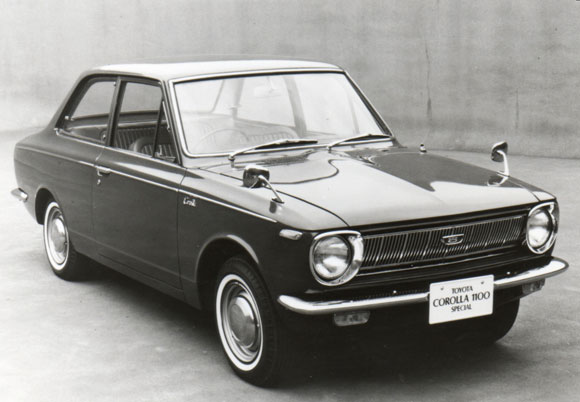
More Corolla models have been built than any other car: since 1966 the worldwide total is more than 39 million, and still rising. This figure covers a wide range of different types and size of vehicles that have been called Corolla, but they share the common quality of having occupied the heart of the mass market. They represent the kind of practical, easy-to-drive quality that owners appreciate, whatever part of the world they come from.
Although practicality has been central to Corolla, the model has produced a number of versions that have stood out from the crowd. Special mention should be made of the Corolla AE86 – or Corolla GT as it was known in the UK – a rear-wheel drive three-door coupe from the early 1980s that was a renowned “drifting” car in Japan and a multiple championship winner on both track and rally stage. Using the same free-revving 1.6 engine as the MR2, it had a hugely rewarding driving character, something Toyota has worked to recapture in the development of today’s GT86.
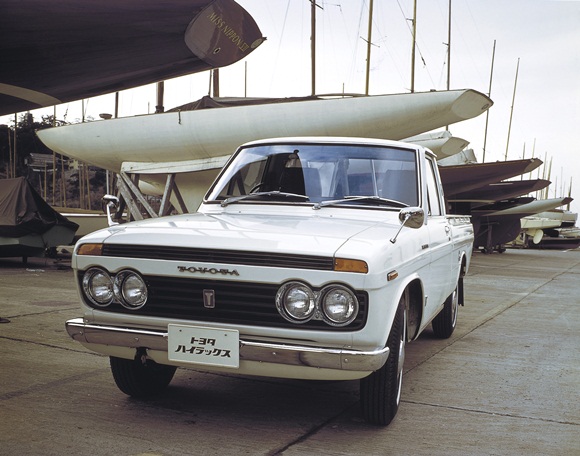
Is anything beyond the capabilities of the Toyota Hilux? This formidable AWD pick-up was the first car to be driven to the Magnetic North Pole, and has taken trips across Antarctica to the South Pole in its stride, too. Famously, the BBC’s Top Gear programme failed in its bid to destroy Hilux, the doughty machine still firing up after being washed out to sea, crushed and blown up amid the rubble of a collapsing tower block.
Millions of motorists worldwide trust in Hilux to do the job, regardless of how tough the climate or the terrain. Since its modest beginnings in Japan in the late 1960s, it has rightly earned its global reputation, the latest models matching built-in toughness with more sophisticated features for comfort, safety and convenience.
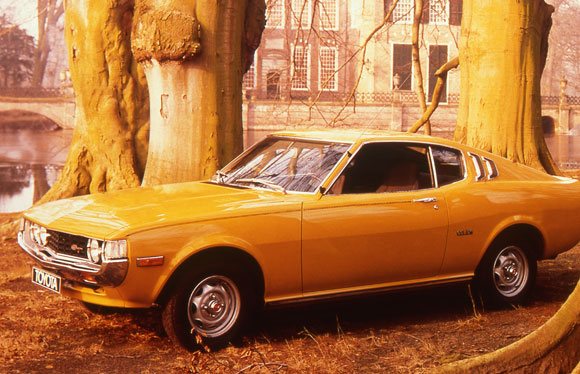
When the original Celica was introduced in 1970, it could be seen as a response to the popular American sports saloons of the day, particularly the Ford Mustang, with its curvy coupe body and free-revving twin-cam engine driving the rear wheels. It went on to become a worldwide success, amassing almost four million sales.
Celica arrived in the UK in 1971, the two-door 1600 ST followed by the rare twin-cam GT model a year later. It launched Toyota as a genuine sports car brand in Europe, its showroom appeal supported by four title-winning performances in the World Rally Championship between 1990 and 1994. Toyota made the change to front-wheel drive with the fourth generation model in the mid-1980s and kept Celica in production through to 2006.

The Supra name entered the Toyota lexicon in the late 1970s, reserved for more powerful versions of Celica. In 1986 it became a model in its own right, a performance flagship for Toyota that matched muscular street styling with winning performance on the track in Japanese Super GT racing where it claimed three championship titles.
The ’86 Supra was powered by a 201bhp straight-six engine that enabled 0-60mph in eight seconds and a 138mph top speed. Supra ended its production run in 2002 as a true supercar, the fourth generation model having gained a twin-turbocharged engine that mustered 320bhp, cutting the benchmark acceleration time to less than five seconds. By the time UK sales of Supra ended in 1996, more than 16,000 had been sold.
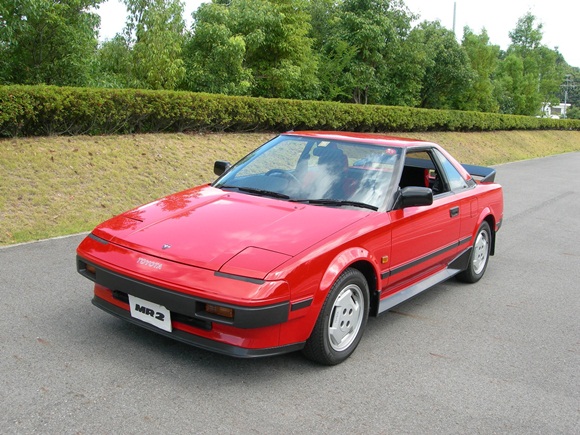
Toyota showed free-thinking spirit when it created the MR2, a nimble, lightweight mid-engine two-seater sports car that added yet another dimension to its global model line-up. With its angular styling and lively 1.6-litre engine the MR2 – that’s mid-engine runabout 2-seater – was distinctive, popular, easy to drive and reliable.
The larger, second generation MR2 was more powerful, using a 2.0-litre block, while the final version, the MR2 Roadster (1999 – 2007) adopted a 136bhp 1.8-litre engine and, when launched, tipped the scales at less than a tonne, making for an impressive power-to-weight ratio. Although out of production since 2006, the MR2 remains a hugely popular track car in the UK, with dozens competing in the Toyota GB-sponsored MR2 Championship.
Lexus LS400
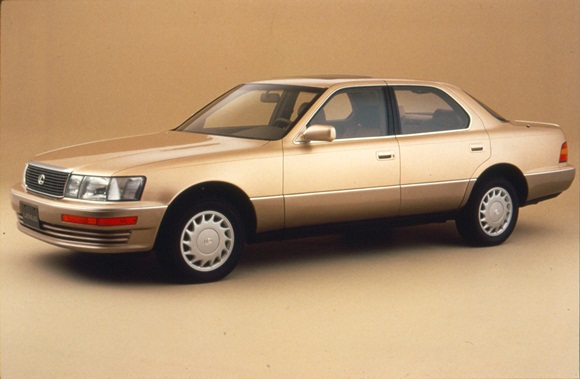
When Toyota chairman Eiji Toyoda challenged his team to build a luxury car to rival the best in the world, the result was the original Lexus LS400. It may have first reached the road more than 20 years ago, but the LS400 remains a tangible expression of Toyota’s ambition to build a luxury saloon that could challenge the established European and American premium car brands.
The level of refinement, performance and second-to-none customer care that Lexus brought to the market saw it outselling all its luxury import rivals in the USA just two years after making its debut. Lexus and the LS were launched in the UK in 1990 and the limousine remains the flagship of the Lexus range, a car that through successive generations has harnessed advanced technologies – not least full hybrid power – and traditional craftsmanship to offer cutting edge performance and supreme comfort.

The Toyota RAV4 can be credited with creating a new market segment for 4x4s that are designed for leisure and everyday driving, rather than out-and-out toughness. Described at the time of its launch in 1994 as “what weekends were made for,” it focused on fun, easy handling and practicality. Here was an all-wheel drive machine that could be driven like a sporty hatchback.
This break with motoring convention proved an immediate hit and RAV4 inspired a new generation of compact SUVs from almost every major manufacturer. Eighteen years later and approaching its fourth generation, RAV4 remains a best-seller, now endowed with more sophisticated handling and safety systems and cleaner, more fuel-efficient engines.
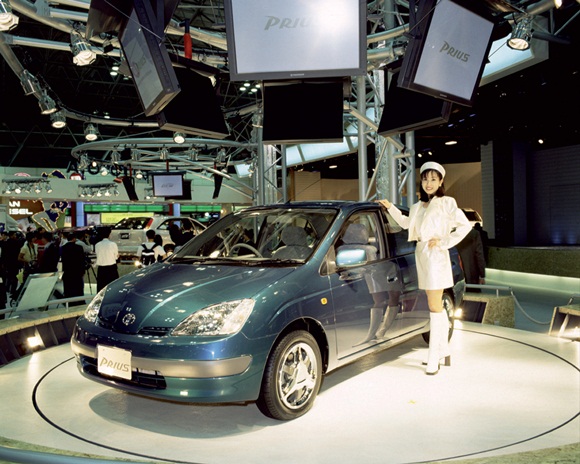
Toyota’s market launch of the first generation Prius in 1997 was a significant moment in the history of the motor car. It brought the concept of efficient full hybrid power to the mainstream market in a vehicle that was practical, easy to drive and affordable. Some dismissed it as a novelty, but Toyota’s commitment to hybrid as a technology central to development of the ultimate eco-car – one that has zero impact on the environment – has witnessed continuous improvement of Prius and its Hybrid Synergy Drive powertrain to the point where, in its third generation, it is one of the world’s best selling cars. So far, more than 2.7 million Prius have been sold worldwide. Similarly, hybrid has taken its place alongside petrol and diesel power as a mainstream choice, featured in an increasing number of different Toyota and Lexus models.
The original Prius, a four-door saloon introduced in the UK in 2000, delivered 55.4mpg and 120g/km CO2 in the days before the mass market defined vehicles by their carbon emissions. Prius adopted a five-door hatchback body style in its second generation and today has improved its efficiency benchmarks to 72.4mpg and 89g/km. It has also developed from a single model into a range of vehicles with the introduction of Prius+ seven-seat compact MPV and Prius Plug-in, a model with a rechargeable battery that delivers even greater fuel economy and sub-50g/km emissions.
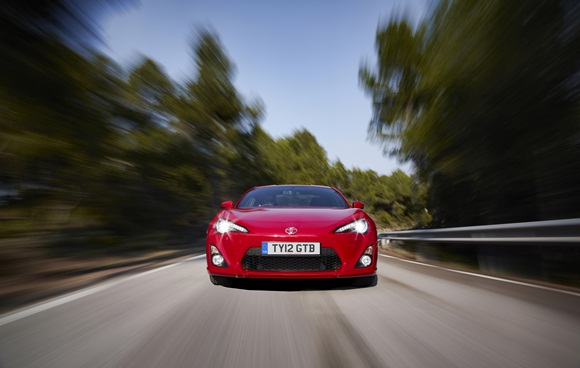
The introduction of GT86 in 2012 showed Toyota making a return to building the kind of driver’s cars that characterised the brand from the 1960s to the end of the last century. Although inspired by such famous models from the past as the 2000GT and the Corolla GT/AE86, the GT86 takes the classic concept of the sports coupe and makes it relevant and exciting for the modern age. That’s captured by a front-engine/rear-wheel drive configuration with a free-revving 2.0-litre boxer engine that performs without recourse to a turbo.
Modern design and engineering keep weight to a minimum in all areas without compromising body integrity, and allow for an exceptionally low centre of gravity, putting the driver firmly in touch with the car’s performance. At the same time as GT86 was launched as a road car, it was demonstrating its potential on track, too, performing strongly in 24-hour races at the Nürburgring and Silverstone.
Details in this article were correct at the time of publication.





Nice article. I have a 1968 Corona
These are cool stuff. They were the best then days. Still rocking. I Love Toyota!